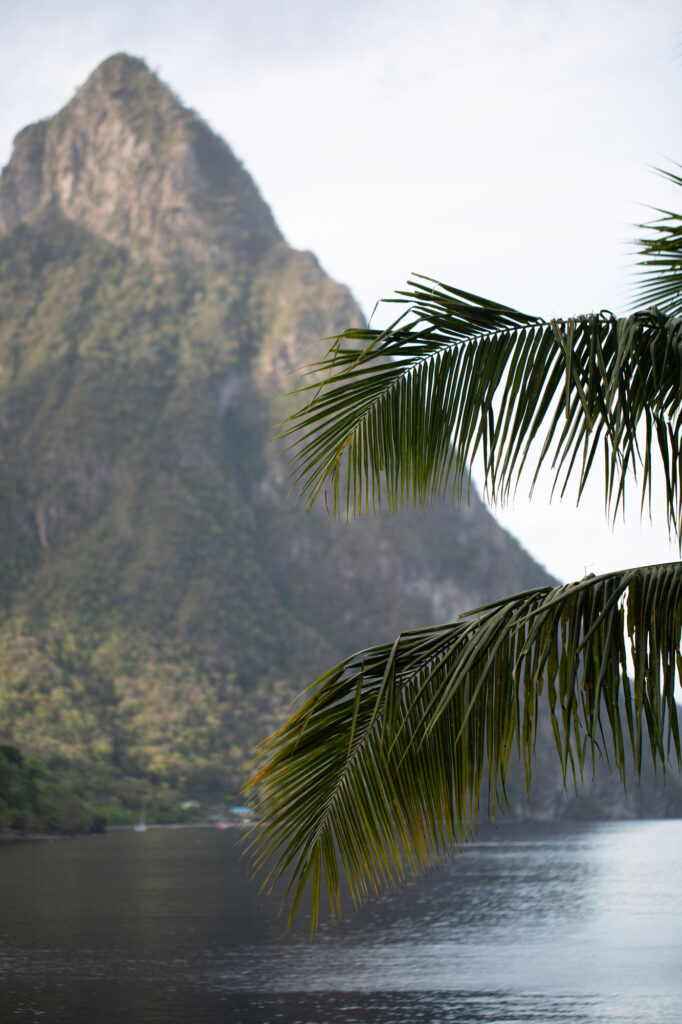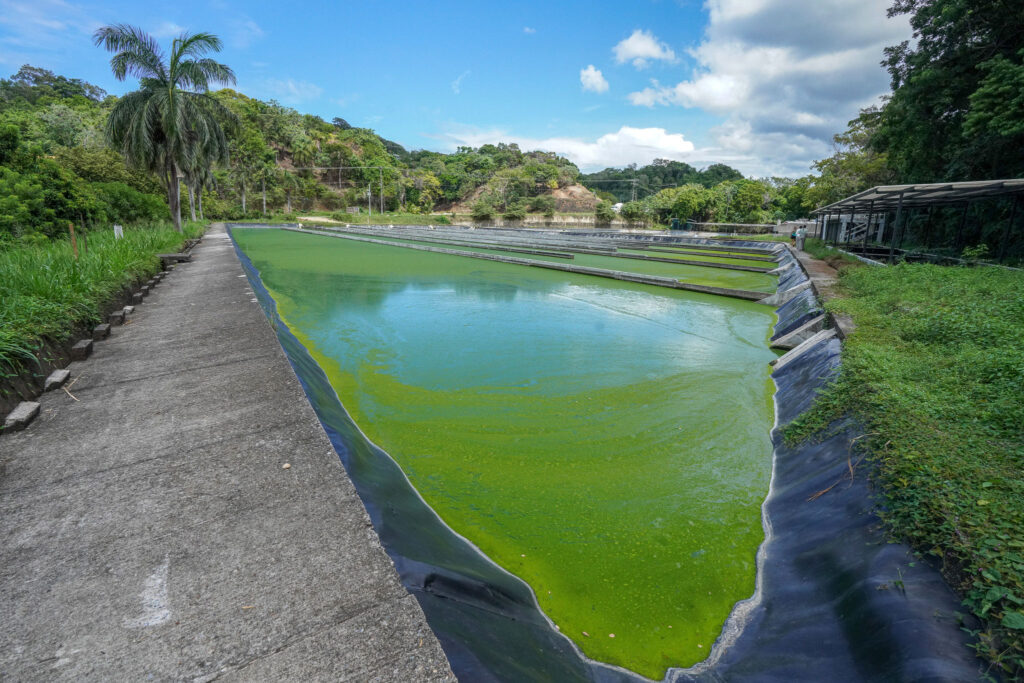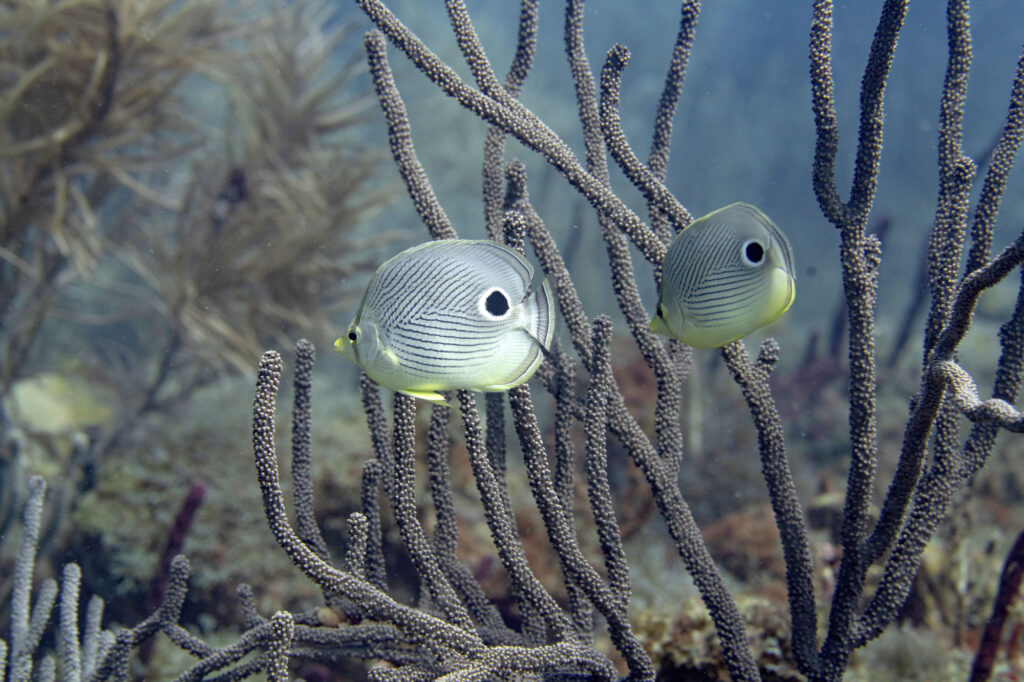BREAKING: The Coral Reef Alliance is expanding to the Eastern Caribbean!
For more than 30 years, the Coral Reef Alliance (CORAL) has teamed up with communities, scientists, and governments across Hawai‘i, the Mesoamerican Reef, and the Indo-Pacific to protect coral reefs and the people who depend on them.
From keeping 30+ million gallons of sewage out of the ocean every year to helping protect 2+ million acres of marine habitat, our approach has proven that when local leadership, science, and long-term support align, reefs have a fighting chance.
Now, we’re scaling that impact.
Watch the video and keep reading to see what’s next…
Next stop: the Eastern Caribbean!
The Eastern Caribbean is home to some of the most ecologically connected reef systems on Earth, spanning islands like Saint Vincent, Saint Lucia, and Dominica. These reefs:
- Protect shorelines from powerful storms
- Support livelihoods through fishing and tourism
- Hold deep cultural significance for coastal communities
But these ecosystems face intensifying threats: pollution, overfishing, coral disease, marine heatwaves, and stronger hurricanes.
Photo by Kate Beebe
Scientists warn that up to 90% of reefs could disappear by 2050 unless we scale effective solutions.
The good news?
Decades of research show reefs can adapt if they are diverse, protected, and well-managed.
That’s exactly what CORAL is here to support. Our team is well-versed in effective solutions and ready to dive into a new region.
Our Proven Approach, Applied Across the Eastern Caribbean
Launching a new regional hub to strengthen reef resilience across the Eastern Caribbean means:
- Improving wastewater management to keep pollution out of the ocean
- Supporting effective marine protected areas (MPAs)
- Building local capacity and leadership
- Ensuring sustainable, long-term financing for reef management
We know this works. In Honduras, our Western Caribbean team helped establish no-take zones to protect key fish spawning sites. In Hawai‘i, we co-launched the Hawai‘i Clean Water Coalition, uniting over 20 organizations to stop nutrient pollution before it reaches the ocean.
Now, we’ll bring those tested models to the Eastern Caribbean, adapting every step to local knowledge and context.
But why the Eastern Caribbean?

How We Selected the Region
CORAL’s expansion decisions are grounded in science, community insights, and strategic criteria. The Eastern Caribbean emerged as a powerful opportunity based on:
- Strong ecological potential — diverse, connected reef systems poised for recovery
- Community partnership alignment — local leaders ready to collaborate
- Urgency & feasibility — high threats paired with high potential impact
- Policy influence — opportunities to strengthen long-term governance
- Sustainable financing potential — support for durable conservation funding
Every step is intentional, collaborative, and designed for lasting success. The decision has been made, and now comes the heavy lifting.
What Happens Next
Phase 1: Laying the Foundation (12–18 months)
Ecological + social assessments
We’ll map reef health, understand community priorities, and identify policy pathways.
Alliance building
We’ll partner with local NGOs, fishers, governments, tourism leaders, and regional coalitions to co-design solutions.
Phase 2: Implementation & Scaling
Wastewater solutions
Design and implement pollution-reduction strategies tailored to island needs.

Photo by Kate Beebe
Effective MPAs
Strengthen management, monitoring, and enforcement to support reef recovery.
Sustainable financing
Identify lasting funding streams to secure long-term stewardship.
This approach builds on CORAL’s proven hub model—a scalable conservation blueprint that multiplies impact across regions, not just individual sites. This is precisely what coral reefs need.
A Turning Point for Reefs and for Us
This moment is filled with urgency, but also hope.
We know what works.
We know the science.
We know communities are ready.

Now, we scale.
Click here to read about our 5-year strategic plan >
With this hub, the Eastern Caribbean can lead in community-driven reef conservation, showing the world that coral reefs and the cultures and economies they support can thrive in a changing climate.
Grow With Us
This expansion is only possible thanks to allies like you.
Stay tuned for updates as we launch projects, build partnerships, and share stories from the field. Together, we will protect coral reefs, support coastal communities, and build climate-resilient futures.
Be part of this next chapter for coral reefs.



